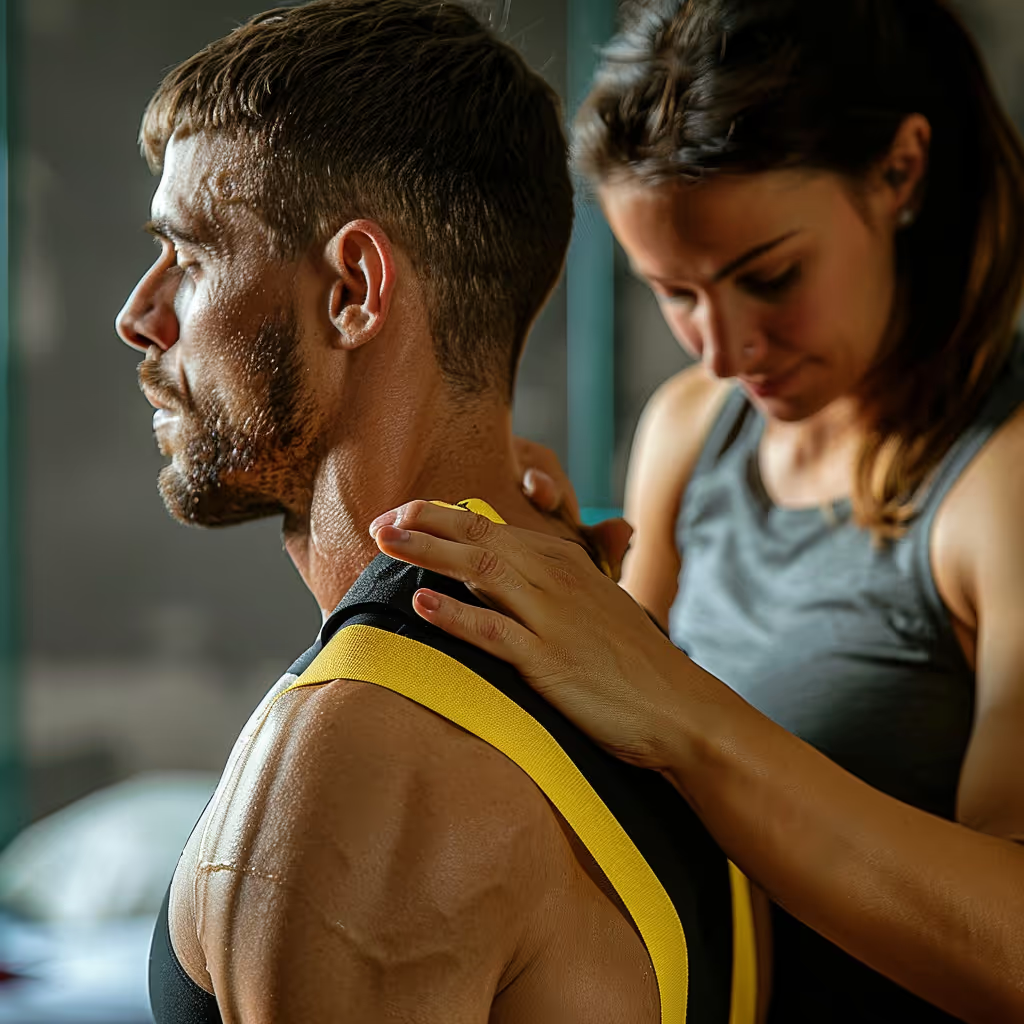Fleeting proctalgia
Fleeting proctalgia is a very intense pain felt in the rectum, like a spasm or cramp (i.e. Charlie horse).
What is transient proctalgia?
Fleeting proctalgia is a very intense pain felt in the rectum, like a spasm or cramp (i.e. Charlie horse). The pain is intermittent and random, lasting from a few seconds to several minutes, and affects both men and women. Typically, taking pain medication doesn't help, as the pain is too intense and short-lived.
What causes fleeting proctalgia?
Proctalgia fugax is caused by a spasm of the muscles in the perineal and perianal area.
Several risk factors can contribute to muscle spasm:
- Stress and anxiety;
- Menstruation;
- Constipation or defecation;
- Sexual relations;
- Surgery (e.g. hysterectomy, sclerotherapy for internal hemorrhoids, etc.);
- Irritable bowel syndrome;
- Orgasm or stressful dreams (if perineal muscles are already tense).
What are the symptoms of fleeting proctalgia?
Sudden, intense, short-lived pain in the rectum.
How is fleeting proctalgia diagnosed?
Diagnosis is made by subjective and physical examination in a clinic. There are also medical tests that can be prescribed by a doctor to determine whether there is an underlying medical cause.
How can physiotherapy help fleeting proctalgia?
Your perineal and pelvic rehabilitation physiotherapist will first perform a complete assessment (e.g., lifestyle habits, posture, breathing, contraction/relaxation of the pelvic floor muscles, etc.) to determine the cause(s) of the pain.
Based on the assessment results, your physiotherapist will:
- Mobilize the muscles and soft tissues in the abdomen and pelvic floor;
- Provide you with specific exercises to do at home to address the cause of the problem;
- Teach you how to properly manage your daily activities and hobbies to optimize healing;
- Give you advice on your lifestyle habits, postural habits (e.g., seat cushion), and movements;
- Refer you, if necessary, to a doctor or other healthcare professional.
When should you seek physiotherapy for transient proctalgia?
A few simple exercises can be done to prevent pain and during episodes of pain:
- Deep abdominal breathing: inhale slowly, allowing the abdomen to expand and the pelvic floor to relax, then exhale slowly, allowing the abdomen and pelvic floor to return to their original position. Breathe in this way for 3 to 5 minutes, or until the pain is resolved.
- Perineal massage: place a rolled towel or small spongy ball on a chair and sit on the towel or ball. You should feel slight pressure in front of the anus, but no pain. Slowly move your pelvis back and forth, side to side and/or in small circles. Apply this technique for 3 to 5 min. or until the pain is resolved.
To learn more...
You can check out the podcast
Episode #23 discusses perineal and pelvic rehabilitation: .
Find the episode on YouTube :
Click below to listen to episodes on podcast platforms:

https://open.spotify.com/episode/4K8MhluZYTYDzmFNn2dDAt?si=a7a8e4a1a64f4cbd
(4).png)
Videos in this category
Other conditions
Hip osteoarthritis is a normal wear and tear of the hip joint. Osteoarthritis is often described as the wearing away of cartilage between our bones. While this is true, it involves more than just cartilage. Cartilage is a tissue that acts like a cushion between the surfaces of our bones, allowing our joints to glide smoothly and move with ease.
It is a normal wear and tear of the knee joint. Osteoarthritis is often described as the wearing away of cartilage between our bones. While this is true, it involves more than just cartilage. Cartilage is a tissue that acts like a cushion between the surfaces of our bones, allowing our joints to glide smoothly and move with ease.
It is a normal wear and tear of the joints in the lower back vertebrae. Osteoarthritis is often described as the wearing away of cartilage between our vertebrae. While this is true, it involves more than just cartilage. Cartilage is a tissue that acts like a cushion between the surfaces of our vertebrae, allowing them to glide smoothly and move with ease.
A bursa is like a small, very thin, fluid-filled sac found in several joints throughout the body. This small sac acts as a cushion in the joint and lubricates structures that are exposed to more friction.
It is an inflammation of the subacromial bursa in the shoulder joint.
It is a tissue that surrounds the shoulder and allows the shoulder bone to stay in place within the joint. The capsule helps to stabilize the joint.
Cervicalgia is a general term to describe neck pain that does not have a specific cause, such as an accident or sudden movement. Cervicalgia is therefore synonymous with ''I have a pain in my neck and nothing in particular happened''.
In both injuries, there is pain felt in the neck that then radiates into the arm, or vice versa.
It is a significant stretch or tear of the muscle fibers in the groin or inner thigh muscles.
It is a significant stretch or tear of the muscle fibers in the hamstring muscles located at the back of the thigh.
This is a significant stretch or tear of the muscle fibers in the calf muscles (soleus and gastrocnemius).
This is a significant stretch or tear of the muscle fibers in the quadriceps, which is the large muscle at the front of the thigh.
Book an appointment now
We offer a triple quality guarantee: optimized time, double physiotherapy assessment, and ongoing expertise for effective care tailored to your needs.


Our clients' satisfaction is our priority.
At Physioactif, excellence defines our approach. But don't take our word for it, see what our patients are saying.
Discover our physiotherapy clinics
We have multiple locations to better serve you.
Blainville
190 Chem. du Bas-de-Sainte-Thérèse Bureau 110,
Blainville, Quebec
J7B 1A7
Laval
Montreal
St-Eustache
Vaudreuil
21 Cité-des-Jeunes Blvd. Suite 240,
Vaudreuil-Dorion, Quebec
J7V 0N3
Book an appointment now

